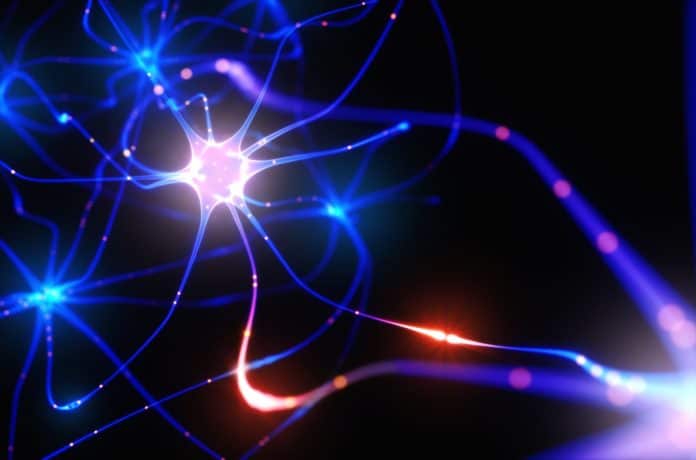Axon, also called nerve fiber, a portion of a nerve cell (neuron) that carries nerve impulses away from the cell body. A neuron typically has one axon that connects it with other neurons or with muscle or gland cells. Some axons may be quite long, reaching, for example, from the spinal cord down to a toe.
The axonal membrane consists of actin filaments that give the structure its flexibility. But those studies had not been able to define the precise architecture of these rings.
In a new study, scientists combined two microscopy techniques, optical and electronic, to observe these rings at the molecular scale. What scientists found- the rings are formed of long braided actin filaments.
The work is published on 20 December 2019 in Nature Communications.
Scientists noted, “We show that axonal actin rings are made of a small number of long, intertwined filaments rather than by a large number of short, bundled filaments as previously hypothesized. This short filament model was inferred from the presence of adducin at actin rings, at least along the distal axon, because adducin was described as a capping protein that can bind to the barbed end of filaments. However, adducin is also able to associate to the side of filaments, enhancing the lateral binding of spectrin to actin.”
“Although we were not able to directly visualize adducin at the ultrastructural level, our results suggest that this lateral binding role is dominant to enhance actin rings interaction with spectrins.”
